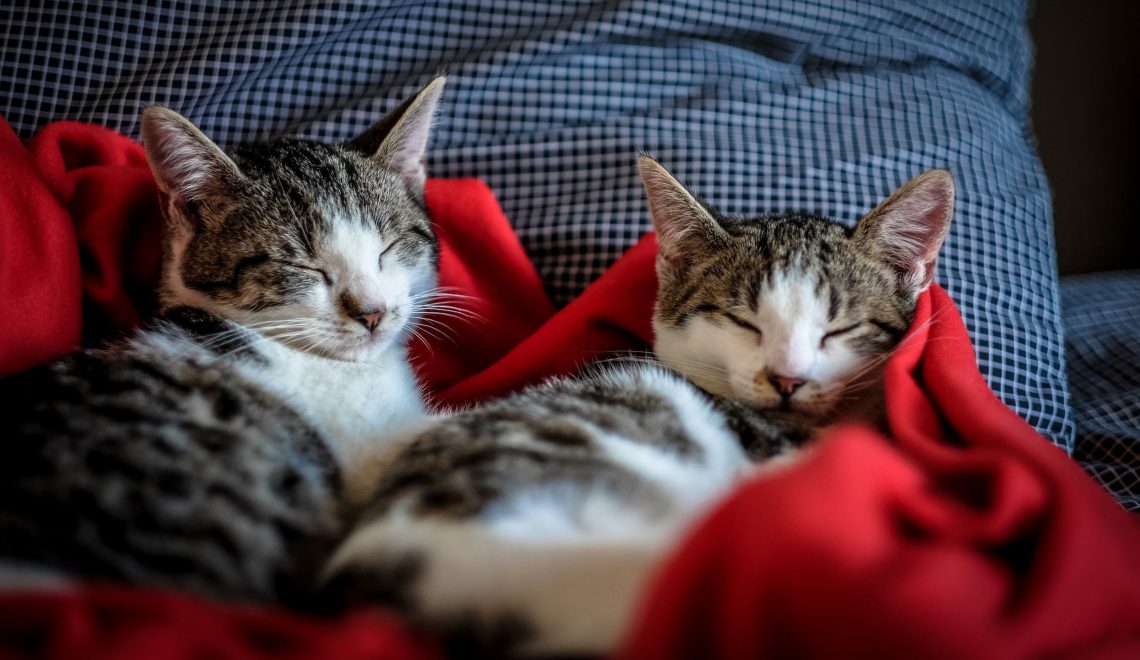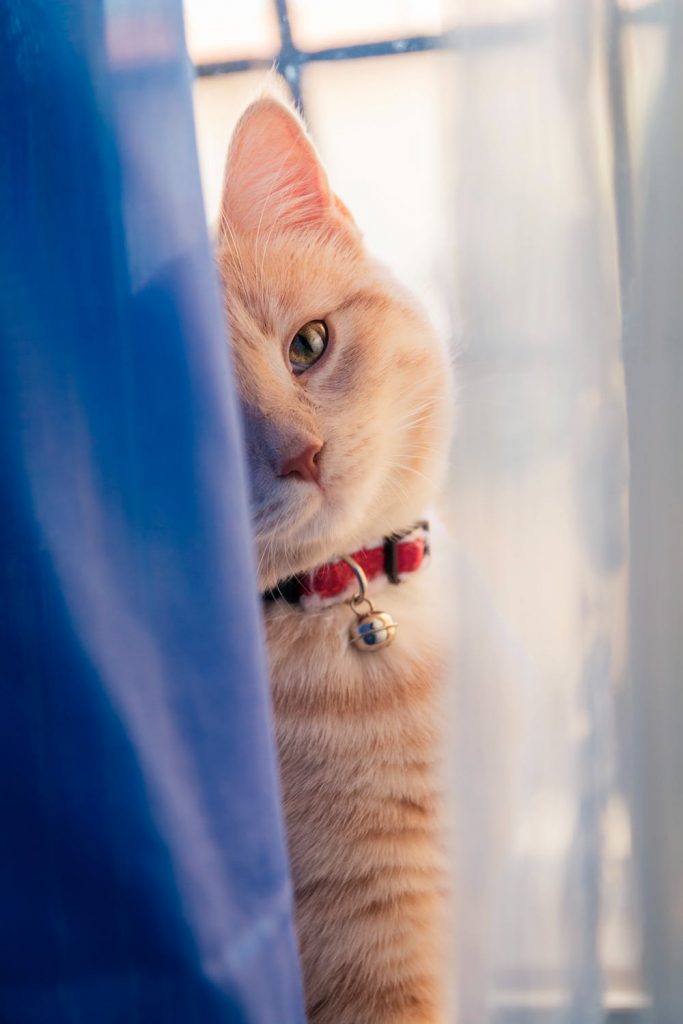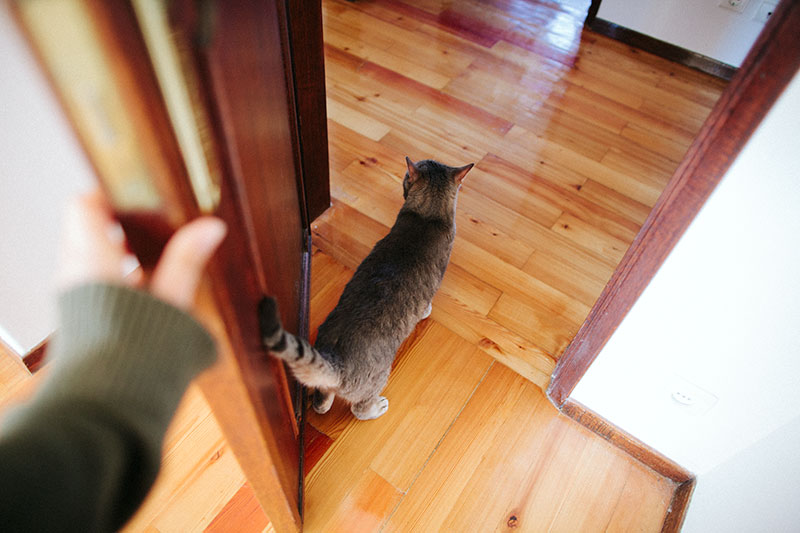How To Introduce A Kitten To A Cat In 3 Easy Phases

How to Introduce a New Cat to a Home With An Existing One
When it comes to cat ownership, one of the most challenging things can be how to introduce a kitten to a cat in a new home. Although it may be stressful for you, it’s likely even more so for your current cat and your new furry friend. Fortunately, there are ways to make the process easier for everyone involved. One of the most effective methods when introducing a new kitten to a cat is the tried-and-true three-step approach of separation, visual access, and physical contact.
Although it may not work in all situations, most veterinarians and pet psychologists agree that this is one of the best ways to introduce an older cat to a kitten joining the home. Keep reading to find out how to introduce cats that will be sharing your home.
Here’s how it works…
Phase 1: Separation
Unfortunately, you can’t just plop your new kitty down and say welcome to the family! When introducing a kitten to a cat, your existing cat’s territorial instincts will kick in, and will likely freak out. This would also cause the new cat to feel anxious and uncomfortable due to the new surroundings. Suffice it to say, it’s likely not going to end well.
The best way to introduce a kitten to a cat is to do so in stages, and that starts with separation. Choose an area in the home that is strictly for your new cat… A spare room, a den, or an area in the corner of a larger room.

In this area, you should have toys, a scratching pad or post, a litter box, water, snacks, and perhaps a place to hide. This gives your new cat a place of his own where he can feel safe and comfortable.
During this time it’s okay, and even beneficial if the two cats are able to smell, as well as hear each other. When introducing a kitten to a cat you already have at home, scent is a huge part you can use to your advantage as it is used by cats to communicate, define their territory and learn about other cats.
So having the two cats in close proximity, e.g. on either end of a closed door, is a good idea at this stage. It’s also important to help both animals associate positive feelings with this proximity. Giving them treats or playing with them will go a long way toward fostering an amicable relationship between the two cats.

Introducing a kitten to older cats shouldn’t be a big hurdle! Once your new cat seems comfortable and both cats are aware of each other’s presence, you can allow each cat to familiarize himself with the other’s environment.
Place your original cat in the new cat’s domain and let the new cat explore the rest of the house. Each will pick up on various scents of the other, and leave their own in various places. This is an important last step of Phase 1, setting the stage for Phase 2.
Phase 2: Visual Access
After both cats have done their fair share of exploring, it’s time to implement Phase 2 — Visual Access.
You’re allowing the cats to see each other for the first time. When you introduce cat to kitten, assuming everything went well with Phase 1, this should be a fairly seamless transition.
You can accomplish this with an infant gate, a slightly open door, or any other means of letting them see but not touch.
During this time, just as in the latter part of Phase 1, you should make this visual access a positive experience for both cats, by feeding and playing with them while they are in close proximity.
If this appears to be going well and both cats seem to be “cool” with each other, you can safely move on to Phase 3.
Phase 3: Physical Contact
Congratulations, you’ve managed to introduce a kitten to a cat in your home…

You can create some distance at first by separating their feeding dishes or using other means to ease them into interaction. Don’t force the issue as that will likely backfire.
Again, there may be hissing, spitting, or other negative behaviors, and since they are able to interact now you need to let them know that is unacceptable. You can separate them or try to distract them with a toy, but scolding is not recommended.
It’s important to give them plenty of time to feel each other out and get used to the idea of the other one being around.
Hopefully, they will soon become best friends; sharing your lap, the couch, or a special spot on your bed. Or perhaps they will simply tolerate each other, and that’s okay too!






![Dj Scratch mixing some beats. 🎧 🎶 #Mewsic #KitNipBox
[via Instagram | @dharmacatnitiative]](https://www.kitnipbox.com/meow/wp-content/plugins/instagram-feed/img/placeholder.png)